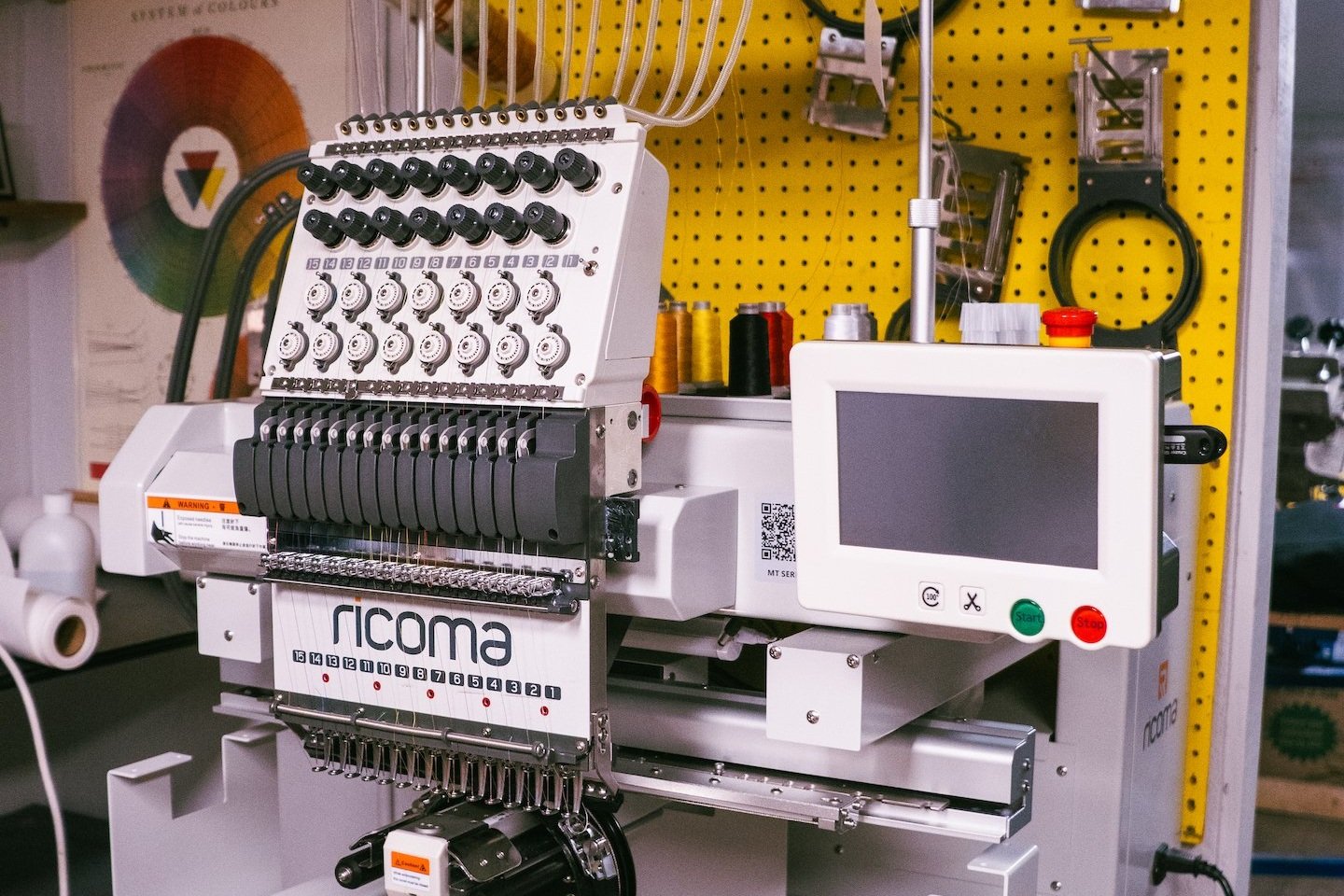Exploring eco-friendly materials in embroidery: A sustainable choice.
As the world becomes increasingly aware of the need for sustainable practices, many industries are looking for ways to minimize their environmental impact. Embroidery, a popular craft that has been around for centuries, is no exception. In this post, we will explore the use of eco-friendly materials in embroidery and discuss why it’s a sustainable choice.
We sure do love our embroidery machine! It has been incredible in expanding our capabilities in the shop.
Using Organic Fabrics
One way to make embroidery more sustainable is by using organic fabrics. Traditional embroidery often involves stitching onto fabrics made from conventionally grown cotton, which requires large amounts of water, pesticides, and fertilizers. On the other hand, organic fabrics are made from cotton grown without the use of harmful chemicals, making them a much more environmentally friendly option. By choosing organic fabrics for your embroidery projects, you can reduce the negative impact on the environment while still creating beautiful and intricate designs.
Organic fabrics are not only better for the environment, but they also offer other benefits. They are generally softer and more breathable than conventionally grown cotton, making them more comfortable to wear. They are also less likely to cause allergies or skin irritations, as they are free from the residue of pesticides and other harsh chemicals. Additionally, organic fabrics are often produced using sustainable practices, such as water conservation and fair trade, which contribute to a more ethical and socially responsible fashion industry.
Recycled Threads
Another way to embrace sustainability in embroidery is by using recycled threads. By opting for these eco-friendly alternatives, you can help divert waste from landfills and give a second life to materials that would otherwise contribute to environmental pollution.
Using recycled threads and yarns not only reduces the carbon footprint but also adds a unique and creative element to your embroidery projects. These materials often come in a variety of colors and textures, allowing you to experiment and create interesting visual effects in your designs. Incorporating recycled threads into your embroidery can become a way to showcase your commitment to sustainability and inspire others to follow suit.
Natural Dyes
In addition to using organic fabrics and recycled materials, incorporating natural dyes into your embroidery can further enhance its eco-friendliness. Natural dyes are derived from plant sources such as roots, berries, and flowers, and they do not contain harmful chemicals found in synthetic dyes. By using natural dyes, you can create a wide range of beautiful colors while minimizing the release of toxic substances into the environment.
Experimenting with natural dyes in your embroidery projects can be a fun and sustainable way to add depth and vibrancy to your designs. Each plant source offers its own unique palette of colors, and you can even try different techniques, such as dyeing fabrics before stitching or hand-painting your embroidery with natural dyes. Not only will you create stunning pieces of art, but you will also contribute to the preservation of traditional dyeing techniques and support local communities that rely on natural dye production.
Conclusion
Embroidery is not only a beautiful and creative craft but can also be a sustainable choice when it comes to materials. By opting for organic fabrics, recycled threads, and natural dyes, you can significantly reduce the environmental impact of your embroidery projects. Embracing eco-friendly materials in embroidery is not only a responsible choice but also an opportunity to support sustainable practices in the textile industry.
So, let's stitch our way to a greener future, one thread at a time!

